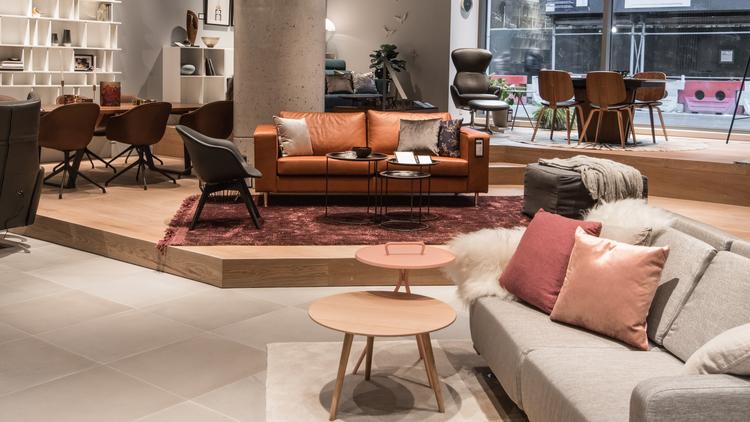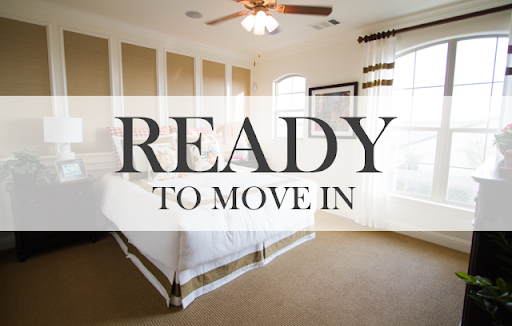
By Shubhranshu Pani
Contrary to its customary plans to open a brick and mortar store, a famous global furniture retailer recently announced its online store in the country. A shift in strategy for the company and reflects the evolution of a new market that believes in e-commerce over physical presence.
So why is starting e-commerce a good strategy for furniture retailing before the launch of physical store? Several factors drive this change. Here’s a look at them:
Reaching out to the millennials: Online shopping has fast emerged among the youth in the country, especially millennials. High penetration of smartphones has helped in the growth of online retailing in the country. The ease of buying has helped the young consumers to buy several things online including furniture.
Penetrating the market beforehand: Online retailing will enable companies to reach its customer in the interim period without wasting much time.
Understanding real demand and customer: As such the logistics of running a massive store such as this one in an overcrowded city like Mumbai can be challenging! This move will enable retailers to know their customers well in advance and start selling the product line to understand customer preference well in advance.
What lies ahead?
Entry of large retailers in the e-commerce space is likely to bring some healthy competition within the market, where online furniture players such as Urban ladder, Livspace, Furlenco and Pepperfry are already established brands. The growth trajectory of online spending on furniture has compelled even manufacturers like Godrej and Nilkamal to penetrate the online segment.
According to industry estimates, the country’s furniture market is anticipated to range over US$32 billion by 2019. The India furniture market is anticipated to achieve a growth rate somewhere between 14% and 17% by 2023.
The Indian furniture market is subdivided into residential and commercial segments. As per market intelligence, the residential market accounted for around US$21 billion in 2018. Further, India’s residential furniture market is expected to grow at a CAGR of about 14% over the forecast period i.e. 2018-2023.
Home improvement market has a tremendous business opportunity. As a result of the demand, online retailing is here to stay.
Furniture players are also experimenting with design and interior modelling of homes. Through an online presence and an influencer network, players are investing in this side of the business. As a result, furniture players are not just your simple sofa sellers, they are much more! They now offer new-age designs, suggest home improvement tips by way of customization and site visits by their own ‘design officers’. These specialized services win over the traditional furniture store operators in terms of post-sales services delivery and customer satisfaction.
As per Finance Intellect report, “The emerging e-commerce segment is also gaining momentum and contribution from online retailers such as Pepperfry, Urban Ladder, HomeLane and others. The e-commerce furniture giant, Pepperfry has registered a sale of more than INR 800 crore in 2017 and the company aims to clock Gross Merchandise Value (GMV) of INR 5,000 crore by 2020.”
The report added, “Indian e-commerce leader, Flipkart is also eying INR 750 crore GMV in furniture e-sales and expects its furniture division to be the next big driver of growth and sees it growing four-five times this year. Consumers are moving towards ready to assemble furniture and prefer readymade furniture, innovative designs and buying online.”
Omnipresence is the key
This said retailers need to be omnipresent. Hence, the importance of physical stores cannot be denied. These stores will continue to offer the unique experiential shopping. Hence, retailers will need to have their footprint between online and offline space. Strategies need to be drawn depending on the location of the store. For example, a physical store might work in a tier 2 city instead of tier 1, where the cost of opening the store is relatively higher.
Moreover, other factors such as store size, layouts, technology upgrade for enhanced consumer satisfaction will need to be factored in. Big retailers will require big space. Hence, suburbs and peripheral districts may work well for opening a marquee experiential store for giants in the space. For some other high streets have turned out to be profitable.
For long Indian market remained unattractive for foreign retailers. Entry of big brands will continue to make the space exciting! This would force domestic operators, even those in the unorganized segment, to rethink and bring some innovation.
The writer is a MD – Retail Services & Stressed Asset Management Group (SAMG)


